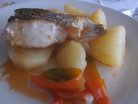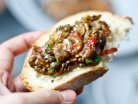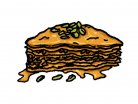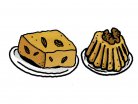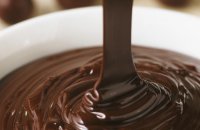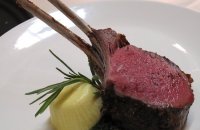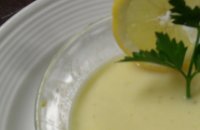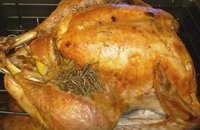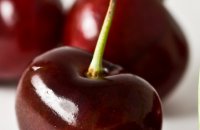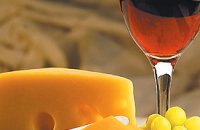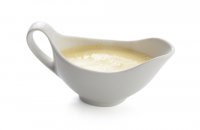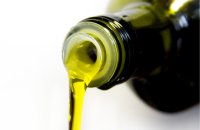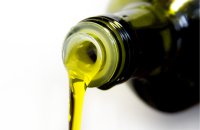Which are the bad fats?
Bad fats are the saturated, animal fats- those that are in meat, eggs, milk, and any other product that is made with these ingredients (e.g. deli meats, mayonnaise, yoghurt). At normal room temperature, such fats are solid, like the butter that we get from milk. These fats are known to increase cholesterol in the blood, causing considerable damage to blood vessels. Similarly, hydrogenated fats, or substances such as cooking fats and margarines, act in the organism like the saturated fats of animal products. Such fats are produced by the food industry via a method known as hydrogenation, and hence the origins of their name.
Which are the good fats?
The good, unsaturated fats are those that come from vegetables and nuts and are necessary for the body’s everyday functioning. They are always fluid and never solidify, even in the refrigerator. Unsaturated fats can be divided into two categories: the polyunsaturated (found mainly in cereals and nuts) and the monounsaturated (made from vegetables). Monounsaturated fats, like olive oil, are generally better for you than polyunsaturated fats. Unsaturated fats lower cholesterol levels in the blood and decrease the risk of cardiopathy.
Exceptions:
-
Vegetable fats that are saturated, and therefore bad for you, are those that come from cocoa and palm-oil. Such fats can be found in chocolates and various sweets (biscuits, wafers, croissants), in chips, and many other snacks.
-
On the other hand, a variety of animal foods contain unsaturated fats, such as fish and poultry without its skin. This is why, even though it is good to eat red meat once every 10-15 days, we can eat chicken or turkey 1-2 times a week and fish even more frequently (2-3 times a week). Poultry and fish are high in protein, while also high in unsaturated, good fats.
Our hidden and visible enemy
When fat is visible, like it is on a piece of steak, it can easily be removed. But because almost all foods have hidden fats, or fat that is simply not visible and not removable, it is impossible to diet without any fat consumption. About 10-20% of your calorie intake will inevitably come from fats. For example, nuts, corn, sunflower seeds, olives, sesame, soya and other vegetable foods have high, but good, fat content.
How calories are related to fats
In order to calculate how much fat your body needs, you must know how much energy, or how many calories, your body consumes on a daily basis. Within that daily calorie measurement, a whopping 30-35% of it should be fats. For example, within a diet of 2,000 calories, approximately 600-700 of the calories should be covered by fats. Given that 1 g of fat equates to 9 calories, 600-700 calories is the equivalent of 67-78 g of fats, or a mere two handfuls of nuts. While 30-35% of the energy we consume daily must come from fats, it is recommended that 10% be saturated, 10% polyunsaturated, and the remaining 10-15% monounsaturated.
Remember:
-
The greasier the food, the worse it is for you.
-
Less animal foods= less bad fat.
-
When cooking with oils or fats, cooking with olive oil is the best option.
Foods with a high concentration in good fats:
The following table is comprised of foods that are sources of good fats, ranked according to their relative nutritional value. The foods redolent of good fats come first and are followed by the ones with fats that are still good, but not as good. The fat content of each food is measured in grams, while their energy is measured in calories.
|
Food |
Quantity |
Energy |
Unsaturated fats (good) |
|
Seed oils (average) |
100 g |
884 |
86,00* |
|
Seed oils (average) |
1 tablespoon |
124 |
12 |
|
Olive oil |
100 g |
884 |
84 |
|
Olive oil |
1 tablespoon |
124 |
11 |
|
Walnuts |
100 g |
607 |
50 |
|
Walnuts |
5 pieces |
60 |
5 |
|
Sunflower seeds |
100 g |
615 |
49 |
|
Sunflower seeds |
1 tablespoon |
51 |
4 |
|
Sesame paste |
100 g |
607 |
46 |
|
Sesame paste |
1 tablespoon |
91 |
7 |
|
Almonds |
100 g |
589 |
45 |
|
Almonds |
5 almonds |
52 |
4 |
|
Sesame |
100 g |
588 |
45 |
|
Sesame |
1 tablespoon |
55 |
4 |
|
Pistachio nuts |
100 g |
577 |
40 |
|
Pistachio nuts |
10 pieces |
46 |
3 |
|
Olives |
100 g |
281 |
23 |
|
Olives |
5 pieces |
52 |
4 |
|
Avocado |
100 g |
177 |
13 |
|
Avocado |
1 medium sized |
306 |
23 |
|
Sardines from a tin |
100 g |
208 |
10 |
|
Sardines from a tin |
1 piece |
25 |
1 |
What are our needs in fats:
Below, you will find a chart comprised of the required fat intake of different diets. n the following table are the needs of a person in fats depending on his energy intake, as well as the foods that one usually consumes during a day and cover these needs. As you will notice very quickly, only small quantities of fat foods are necessary to cover our needs.
|
When one's intake is 1,200 calories in 24 hours, he needs |
Which can be covered with |
|
Unsaturated (good fats) 27 g |
1 egg |
|
Saturated (bad fats) up to 13 g |
1 cup whole milk |
|
So he needs: Total fats up to 40 g |
2 tablespoons olive oil |
|
When one's intake is 1,500 calories in 24 hours, he needs |
Which can be covered with |
|
Unsaturated (good fats) 33 g |
1 small veal steak |
|
Saturated (bad fats) up to 17 g |
1 whole yogurt |
|
So he needs: Total fats up to 50 g |
2 tablespoons olive oil |
|
When one's intake is 1,800 calories in 24 hours, he needs |
Which can be covered with |
|
Unsaturated (good fats) 40 g |
1 handful almonds |
|
Saturated (bad fats) up to 20 g |
1 chocolate milk shake |
|
So he needs: Total fats up to 60 g |
1 serving feta cheese 5 olives 2 tablespoons olive oil |
|
When one's intake is 2,100 calories in 24 hours, he needs |
Which can be covered with |
|
Unsaturated (good fats) 47 g |
1 small serving roast chicken |
|
Saturated (bad fats) up to 23 g |
2 plain biscuits |
|
So he needs: Total fats up to 70 g |
2 teaspoons butter 2 tablespoons olive oil |
|
When one's intake is 2,400 calories in 24 hours, he needs |
Which can be covered with |
|
Unsaturated (good fats) 53 g |
2 sole filets |
|
Saturated (bad fats) up to 27 g |
10 potato chips |
|
So he needs: Total fats up to 80 g |
1 small apple pie 1 tablespoon mayonnaise 2 tablespoons olive oil |
































